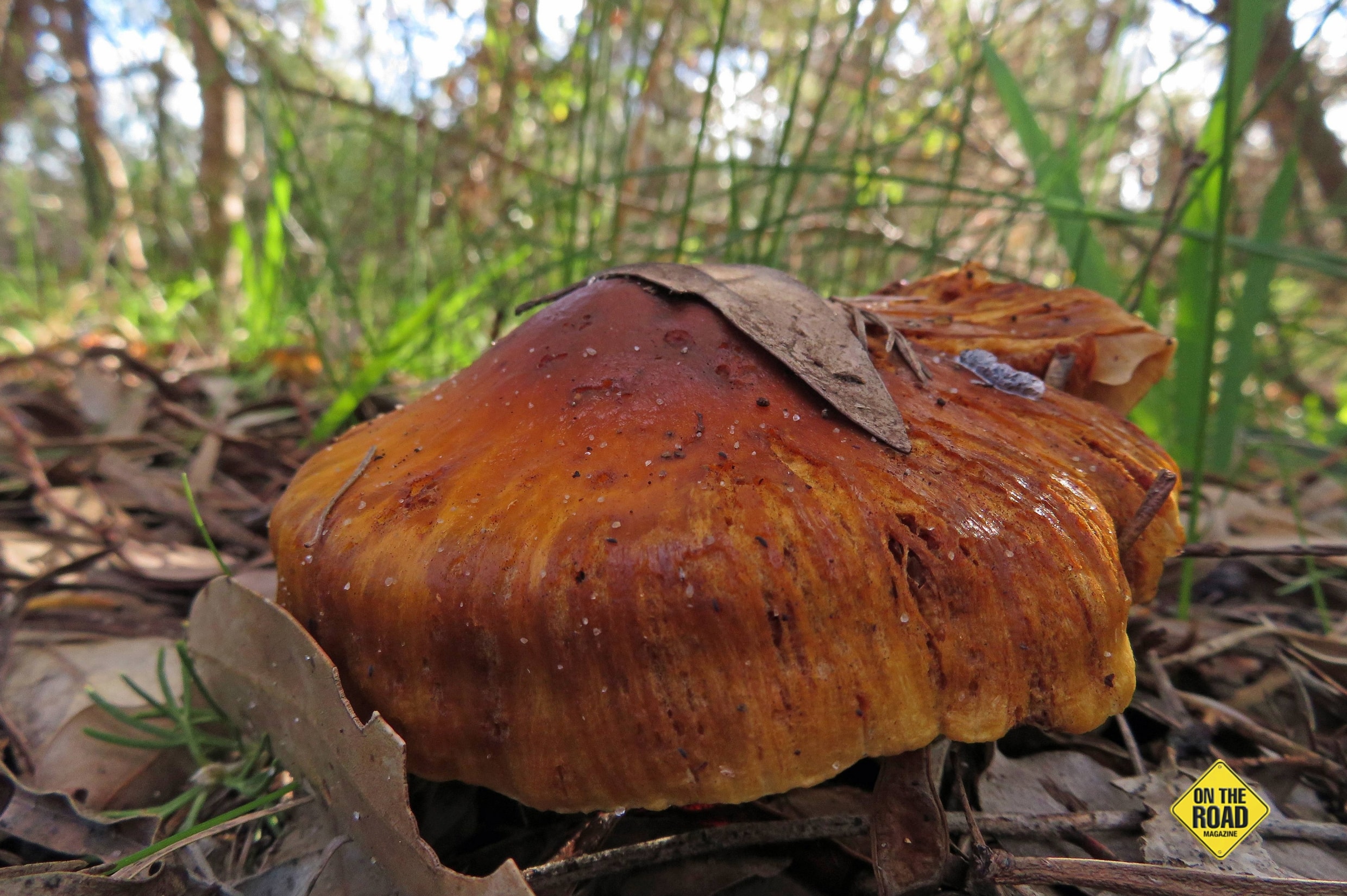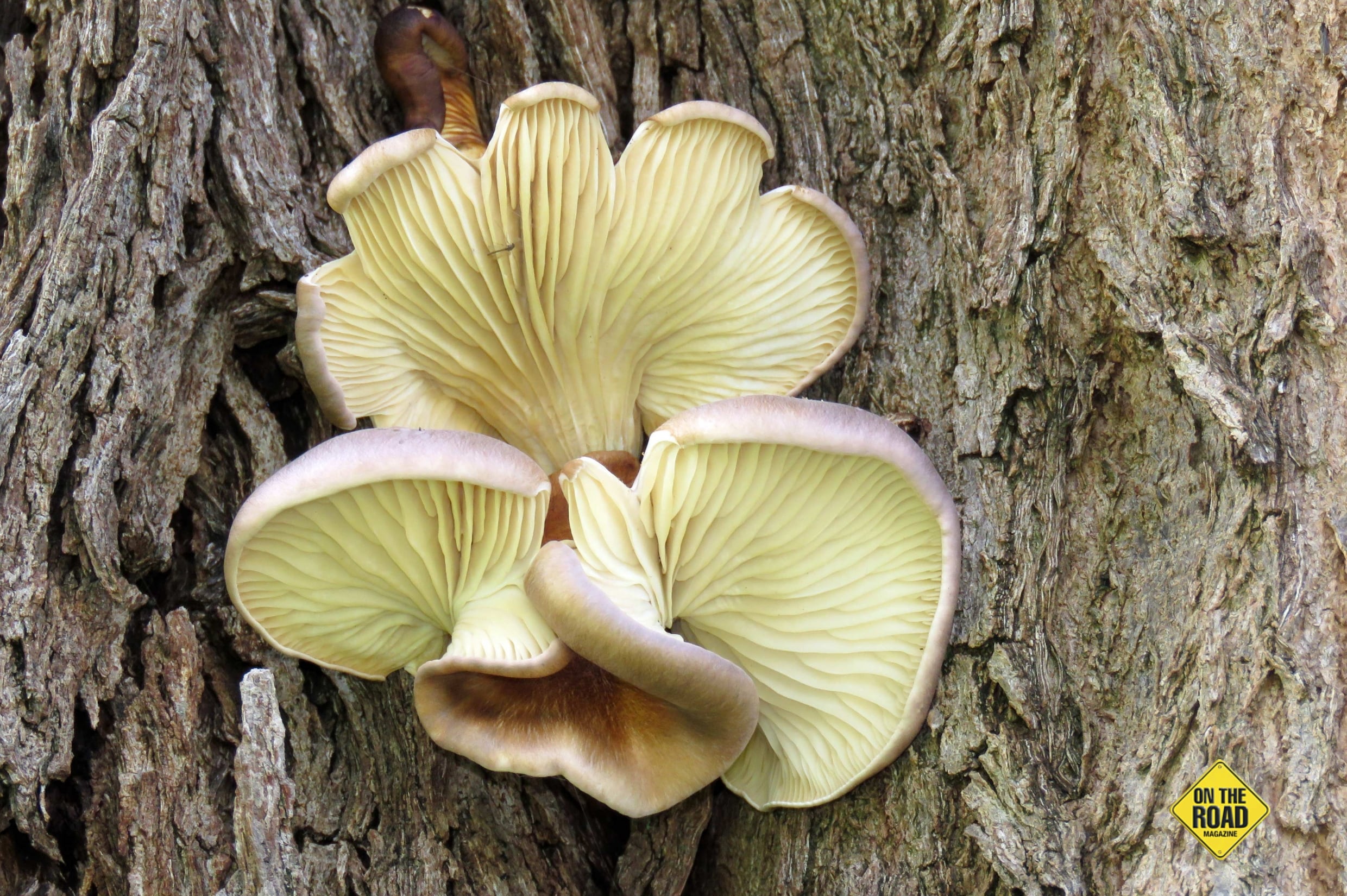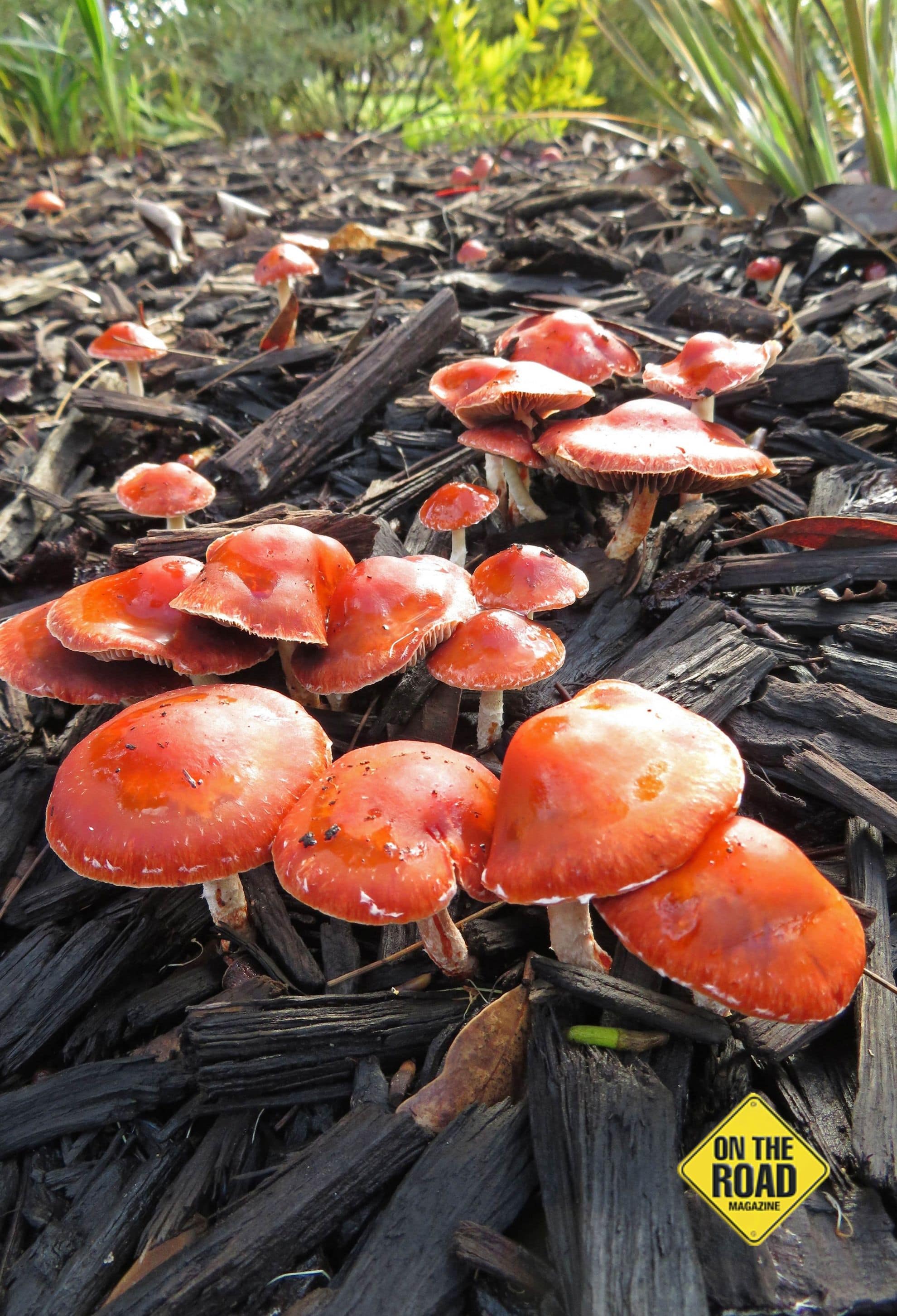There’s nothing quite like the weird and wonderful world of fungi
However you look at it, there is something almost magical about fungi. They come in so many strange shapes and colours, and they seem to appear out of nowhere, growing overnight from nothing into quite large objects.
They often have magic properties in children’s stories. Many of Beatrix Potter’s later books include strange fungi, as does Lewis Carroll’s Alice in Wonderland. In other children’s stories, frogs and birds sit on toadstools, while rabbits use them as umbrellas. So maybe it’s not surprising that even as adults we continue to be captivated by fungi.
Neither plant nor animal
They are also rather strange from a scientific point of view. Despite the children’s game of animal, vegetable or mineral, fungi are actually in a class of their own. To a layman, fungi seem to be sort of like plants. After all, they grow in the ground like plants, and can’t walk around like animals.
However, mycologists (biologists who study fungi) say that they are more like animals than plants, although they are actually neither. Just as there are an animal kingdom and a plant kingdom, there is also a fungi kingdom. In fact there are several other kingdoms as well – one for algae and two for certain types of bacteria.
It is even more surprising to learn that there are more species of fungi than there are of plants, with there being about ten times as many kinds of fungi as plants. But many fungi are too small to see with the naked eye, so you won’t spot them growing in the bush. And many of them don’t have a common name, and in fact the majority haven’t even been reported or named by biologists.
It is always satisfying to spot some fungi on a bushwalk, since they come in so many different sizes, shapes and colours. They are every bit as varied as different species of birds or wildflowers. Toadstool shaped fungi can be large at 10 to15cm across, or tiny like miniature parasols with a rippled fringe around the edge. Many are grey/brown, but some are bright yellow or red. They may also occur alone, or surrounded by a tiny forest of their siblings, or sometimes in a so-called fairy circle.
Identity Crisis
If you notice an interesting fungus in your travels, it can be a challenge finding out what it is called. That’s a pity, since they can have very colourful names, like stinkhorn, earth tongues, ghost fungus and dog poo fungus. Unfortunately, there are fewer resources for identifying common fungi than there are for birds or wildflowers. Field guides and websites that can help you to identify fungi are relatively rare.
The size, shape and colour of fungi certainly give some indication of the species, but sometimes there are many different species which look superficially the same. Fungi enthusiasts use a more specific identification method; they take spore prints by removing the cap of the fungus and placing it on paper. The reproductive spores in the gills beneath the cap leave a coloured pattern on the paper, which helps to identify the species.
But then again, does it really matter what they are called? If you spot some interesting fungi, you can just admire their unique features, or maybe think up your own suitable name for them. For more information on fungi go to www.fungimap.org.au
Where To Find Them
Fungi are quite common in bush, woodlands, suburban parks and gardens, and maybe even in your front lawn. They are part of nature’s recycling system, breaking down dead plant matter and returning it to the environment. So they can be found growing on dead trees (and live ones too), fallen branches, leaf litter, wood chip and even bare soil.
However they are very seasonal. Fungi require moisture to grow and are consequently most common in the wetter months, typically from the first substantial rains of autumn through to late winter. In addition, you may find fungi all year round in suburban parks and gardens with reticulation, especially in areas that get over watered.
Fungi can grow quite quickly, sometimes appearing in just a day or two after rain, and then dying a few days later. They are also a bit unpredictable. In some places you may see the same species of fungi growing in the same spot every year, while in other spots they may be present one year and absent the next.





Leave a Reply